Home>Home Appliances>Kitchen Appliances>How Many Watts Does An Electric Kettle Use
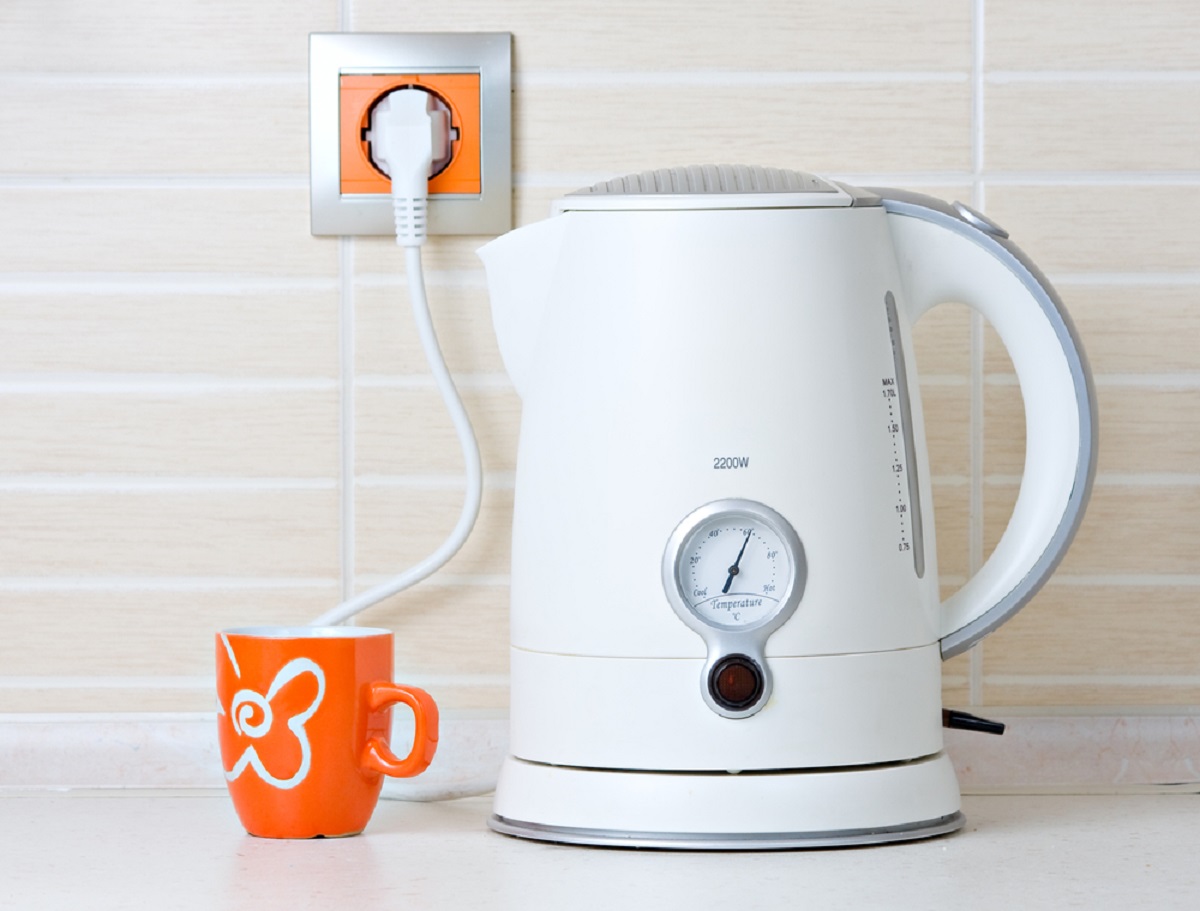

Kitchen Appliances
How Many Watts Does An Electric Kettle Use
Modified: January 5, 2024
Discover the energy efficiency of electric kettles and their wattage usage. Learn how to choose the right kitchen appliances for your needs.
(Many of the links in this article redirect to a specific reviewed product. Your purchase of these products through affiliate links helps to generate commission for Storables.com, at no extra cost. Learn more)
Introduction
Electric kettles have become an indispensable appliance in modern kitchens, offering unparalleled convenience for boiling water in a matter of minutes. As we rely on these efficient devices for our daily dose of hot beverages or swift meal preparations, it's essential to understand their power consumption. By gaining insights into the wattage and energy usage of electric kettles, we can make informed decisions that benefit both our electricity bills and the environment.
In this comprehensive guide, we will delve into the intricacies of electric kettle power consumption, shedding light on the factors that influence energy usage and offering practical tips for optimizing efficiency. Whether you're a seasoned homeowner or a new adopter of electric kettles, this article will equip you with the knowledge to make the most of this beloved kitchen appliance. Let's embark on a journey to unravel the mysteries of electric kettle power usage and discover how to wield its energy consumption to our advantage.
Key Takeaways:
- Electric kettles consume energy measured in watts, with higher wattage models boiling water faster. Understanding power usage helps make informed decisions for efficient and cost-effective use.
- Factors like wattage, water capacity, and insulation influence electric kettle power usage. Simple calculations and tips can help minimize energy consumption while enjoying the convenience of electric kettles.
Read more: How Many Watts Does An Electric Cooktop Use
Understanding Electric Kettle Power Consumption
Electric kettles are renowned for their rapid water heating capabilities, but how do they achieve such efficiency, and what does it mean for power consumption? The power consumption of an electric kettle is measured in watts, representing the rate at which it uses energy. Most electric kettles range from 1,500 to 3,000 watts, with the higher wattage models boiling water at a faster pace.
When the electric kettle is switched on, the heating element, typically made of a metal such as stainless steel or copper, begins to convert electrical energy into heat. This process swiftly raises the temperature of the water within the kettle, bringing it to a rolling boil in a fraction of the time it takes on a stovetop. The speed and efficiency of electric kettles make them a popular choice for those seeking a quick and convenient way to prepare hot beverages, instant soups, or oatmeal.
Understanding the power consumption of an electric kettle is crucial for managing energy usage in the kitchen. By grasping the relationship between wattage and energy consumption, users can make informed decisions about when and how to utilize their electric kettle, optimizing its efficiency while minimizing electricity costs.
As we unravel the intricacies of electric kettle power consumption, we’ll explore the factors that influence energy usage and delve into the calculations that enable us to gauge the impact on our electricity bills. Join us on this enlightening journey to uncover the secrets of electric kettle power consumption and harness its potential to our advantage.
Factors Affecting Electric Kettle Power Usage
Several key factors come into play when considering the power usage of an electric kettle. Understanding these elements can empower users to make conscious choices that optimize energy efficiency and minimize electricity expenses.
- Wattage: The wattage of an electric kettle directly impacts its power usage. Higher wattage models can boil water more quickly but may consume more energy in the process. It’s essential to consider the trade-off between speed and energy consumption when selecting an electric kettle.
- Water Capacity: The amount of water being heated in the kettle affects its power usage. Heating a larger volume of water requires more energy, so it’s prudent to only heat the amount needed for a specific task, whether it’s brewing a single cup of tea or preparing a larger quantity for cooking purposes.
- Insulation: The insulation of the kettle influences its power usage as well. A well-insulated electric kettle can retain heat more effectively, reducing the frequency of reheating and consequently lowering overall energy consumption.
- Boil-Dry Protection: Many modern electric kettles are equipped with boil-dry protection, which automatically shuts off the kettle when it detects that there is no water inside. This feature not only enhances safety but also prevents unnecessary energy wastage.
- Frequency of Use: The frequency at which the electric kettle is utilized impacts its power usage. Regular and prolonged use may result in higher energy consumption, prompting users to consider alternative methods for tasks that do not necessitate the use of the kettle.
By taking these factors into account, users can make informed decisions about how to best utilize their electric kettle, balancing convenience with energy efficiency. With a deeper understanding of the elements influencing power usage, individuals can implement strategies to minimize energy consumption while enjoying the benefits of this indispensable kitchen appliance.
To calculate the wattage of an electric kettle, look for the label on the kettle or check the product manual. Most electric kettles use around 1500-1800 watts.
Calculating Electric Kettle Power Consumption
Understanding the power consumption of an electric kettle involves simple yet insightful calculations that shed light on its energy usage. The primary metric for assessing power consumption is the wattage of the electric kettle, which indicates the rate at which it consumes energy. By employing this wattage value alongside the duration of usage, users can gauge the amount of electricity consumed and its associated costs.
To calculate the energy consumption of an electric kettle, the following formula can be utilized:
Energy Consumption (in kilowatt-hours) = (Power Rating in Watts × Time in hours) ÷ 1000
For instance, if an electric kettle has a power rating of 1500 watts and is used for 0.1 hours (or 6 minutes), the energy consumption can be calculated as follows:
(1500 watts × 0.1 hours) ÷ 1000 = 0.15 kilowatt-hours
This calculation reveals that using the electric kettle for 6 minutes consumes 0.15 kilowatt-hours of electricity. By multiplying this figure by the cost of electricity per kilowatt-hour, users can estimate the financial implications of operating the electric kettle for a specific duration.
By gaining insights into the power consumption of an electric kettle through these calculations, users can make informed decisions about when and how long to use the appliance, optimizing its efficiency and minimizing electricity expenses. Armed with this knowledge, individuals can harness the convenience of electric kettles while maintaining a conscious approach to energy usage.
Tips for Reducing Electric Kettle Power Usage
While electric kettles offer unparalleled convenience for quickly boiling water, there are several strategies that users can employ to reduce power usage without compromising efficiency. By implementing these tips, individuals can optimize the energy efficiency of their electric kettles and contribute to lower electricity bills and environmental conservation.
- Right-Sizing: When using an electric kettle, consider heating only the amount of water needed for your immediate task. By avoiding unnecessary heating of excess water, you can minimize energy consumption and expedite the boiling process.
- Regular Descaling: Over time, mineral deposits can accumulate in the electric kettle, affecting its heating efficiency. Regular descaling helps maintain optimal performance, allowing the kettle to operate more efficiently and consume less energy.
- Insulation: Opt for electric kettles with superior insulation to retain heat effectively. Well-insulated kettles can reduce the frequency of reheating, leading to lower energy consumption over time.
- Boil-Dry Protection: Choose an electric kettle equipped with boil-dry protection to prevent energy wastage in the event of accidental operation without water. This feature enhances safety and minimizes unnecessary power usage.
- Efficient Cleaning: Keeping the heating element and interior of the kettle clean can enhance its performance, ensuring that it operates at maximum efficiency and consumes minimal power during use.
- Energy-Efficient Models: When purchasing a new electric kettle, consider models with energy-saving features and lower wattage ratings. Look for kettles that prioritize energy efficiency without compromising on performance.
- Alternate Heating Methods: For tasks that do not necessitate the use of an electric kettle, consider alternative heating methods such as a stovetop kettle or microwave, which may consume less energy for specific applications.
By incorporating these tips into their daily routines, users can effectively reduce the power usage of electric kettles while enjoying the convenience of swift water heating. With a mindful approach to energy efficiency, individuals can make a positive impact on both their utility bills and the environment, all while savoring the comforts of their favorite hot beverages and culinary creations.
Read more: How Many Watts Does An Electric Skillet Use
Conclusion
Electric kettles have revolutionized the way we prepare hot beverages and expedite various culinary tasks in the kitchen. Their rapid water heating capabilities and user-friendly design make them a staple appliance for households and workplaces alike. As we navigate the realm of electric kettle power consumption, it becomes evident that understanding and managing energy usage is pivotal for maximizing efficiency and minimizing electricity costs.
By unraveling the intricacies of electric kettle power consumption, we’ve gained valuable insights into the factors that influence energy usage, the calculations that gauge power consumption, and practical tips for optimizing efficiency. Armed with this knowledge, users can make informed decisions about when and how to utilize their electric kettles, striking a balance between convenience and energy conservation.
As we strive to reduce power usage and make conscious choices in our daily routines, the tips provided for minimizing energy consumption while using electric kettles serve as a guiding light. Whether it’s right-sizing water quantities, maintaining the appliance’s cleanliness, or investing in energy-efficient models, these strategies empower individuals to wield the potential of electric kettles while minimizing their environmental footprint and utility expenses.
In conclusion, the journey to comprehend and manage electric kettle power consumption is an enlightening one, offering a deeper appreciation for the impact of our choices on energy efficiency and sustainability. By embracing these insights and implementing the recommended practices, users can savor the convenience of electric kettles while championing a mindful approach to energy usage, ultimately benefiting both their wallets and the planet.
Frequently Asked Questions about How Many Watts Does An Electric Kettle Use
Was this page helpful?
At Storables.com, we guarantee accurate and reliable information. Our content, validated by Expert Board Contributors, is crafted following stringent Editorial Policies. We're committed to providing you with well-researched, expert-backed insights for all your informational needs.
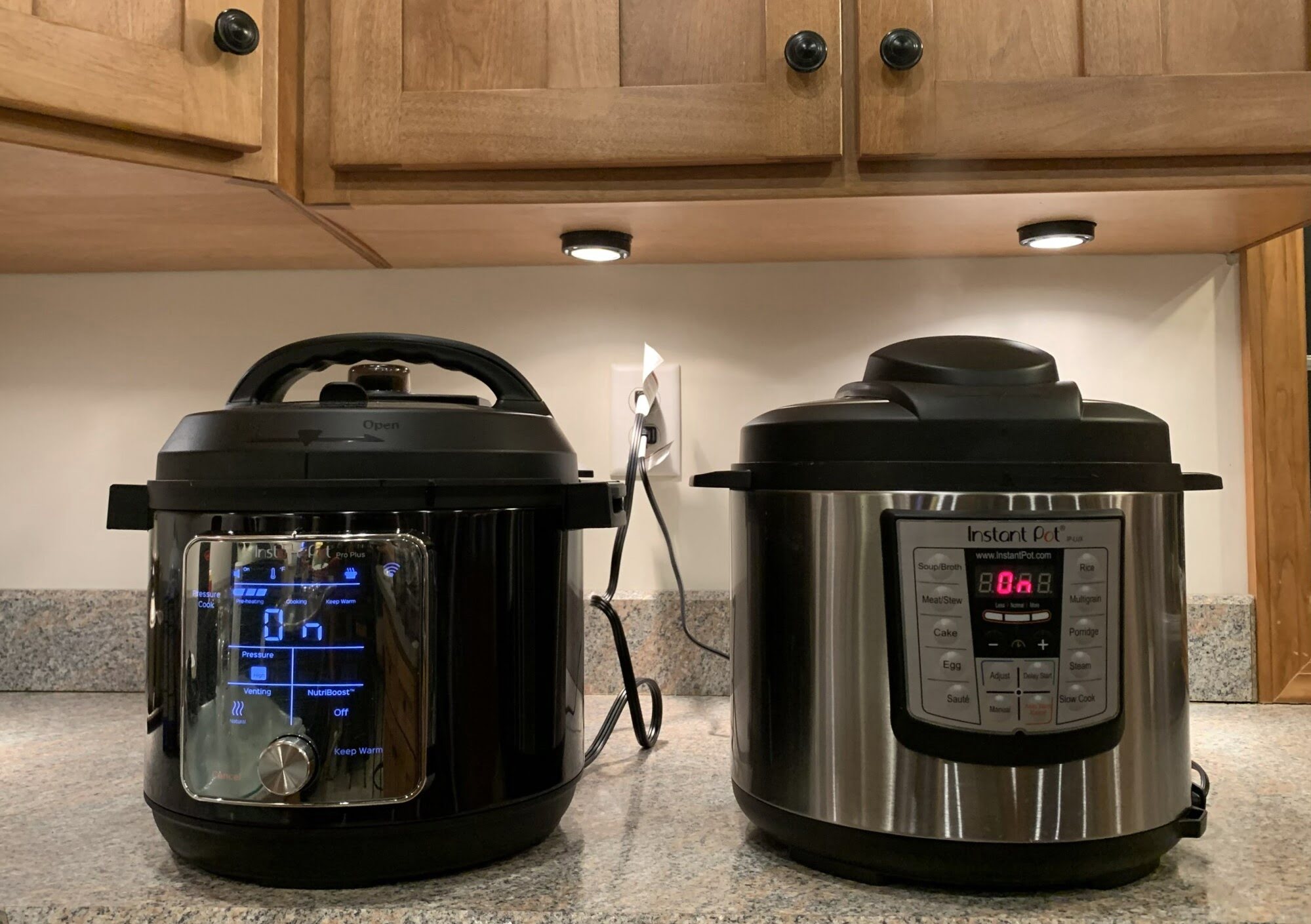
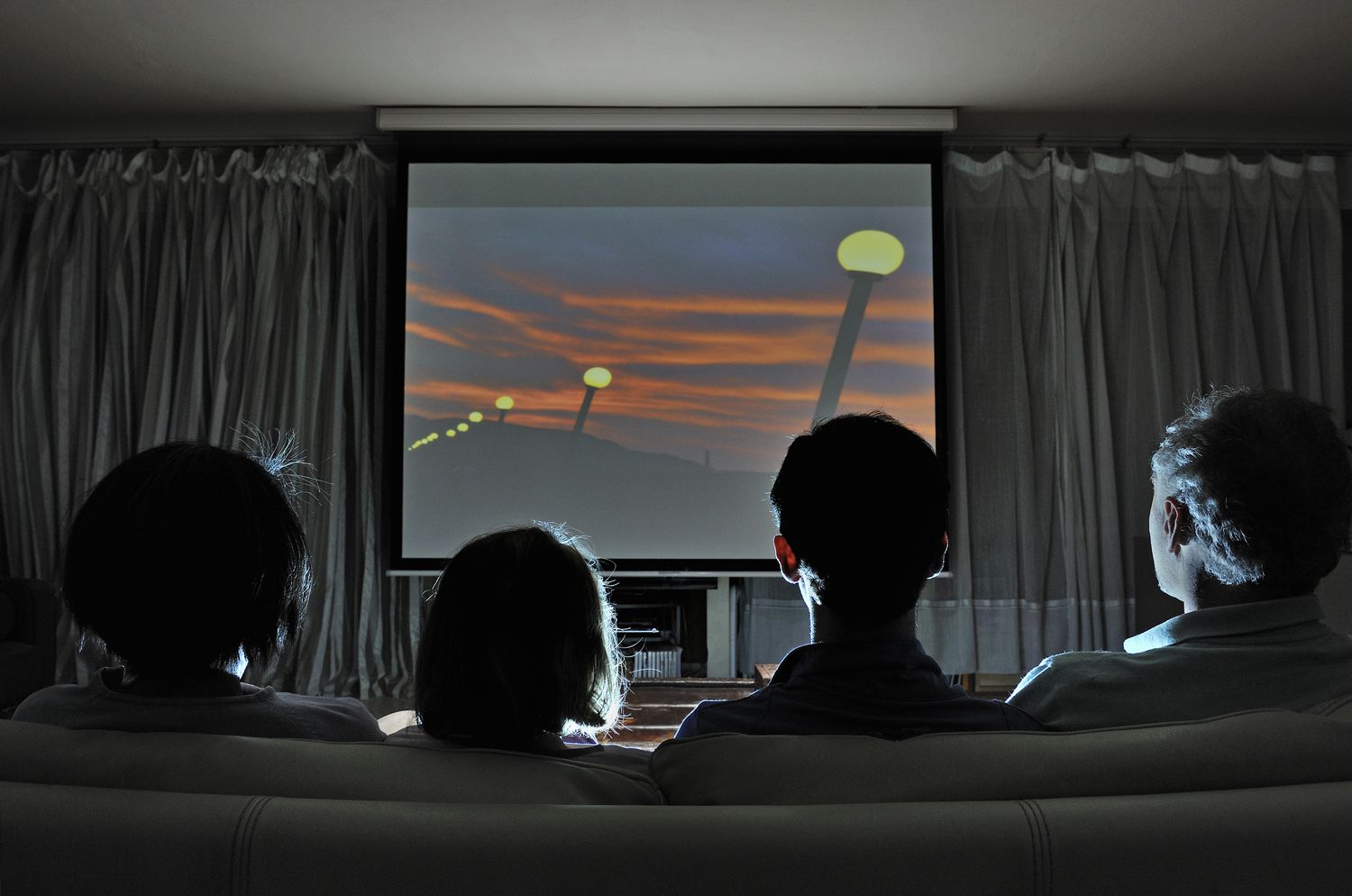
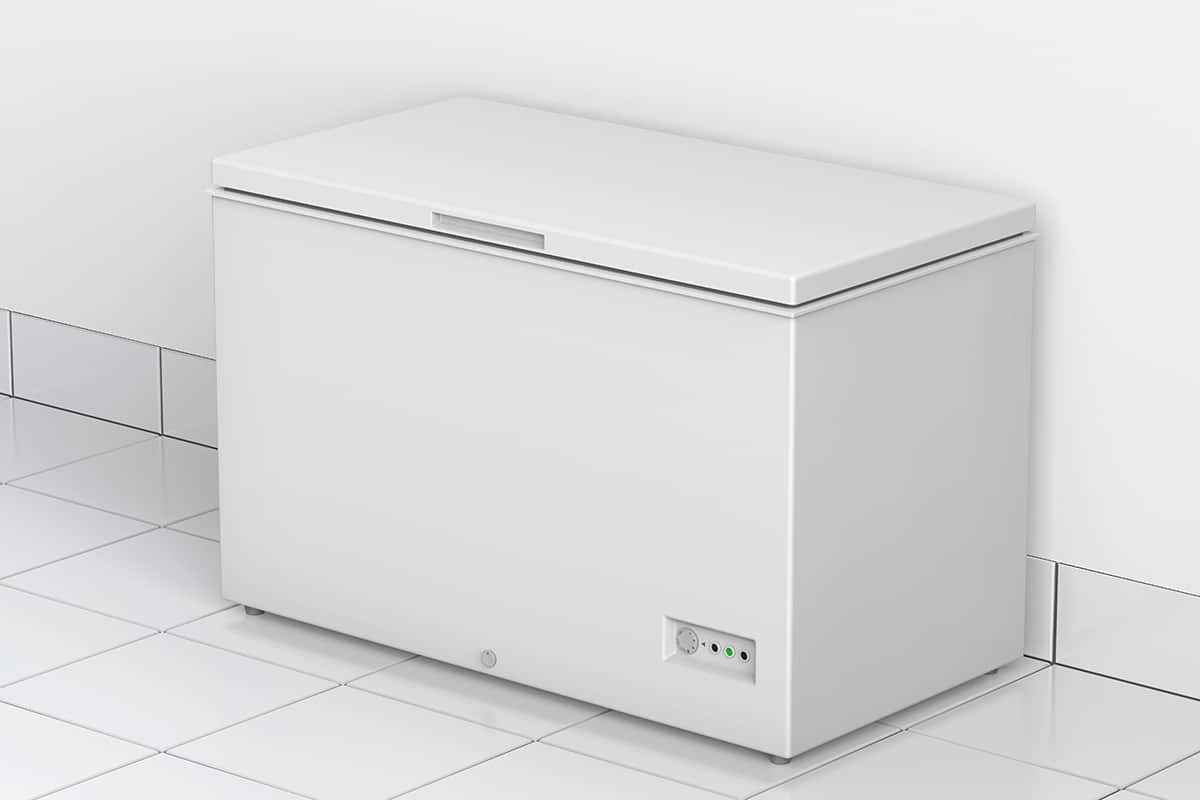
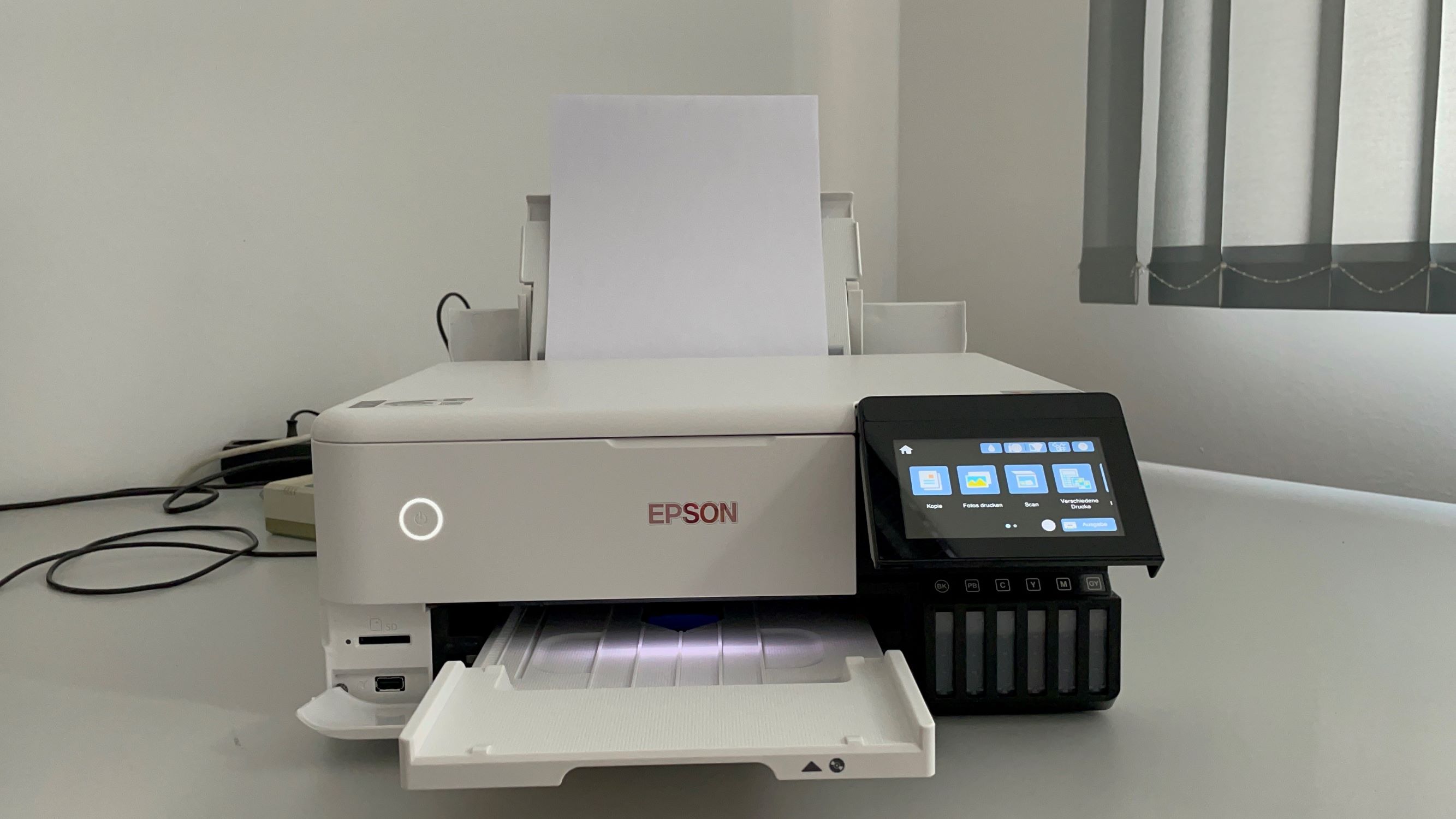

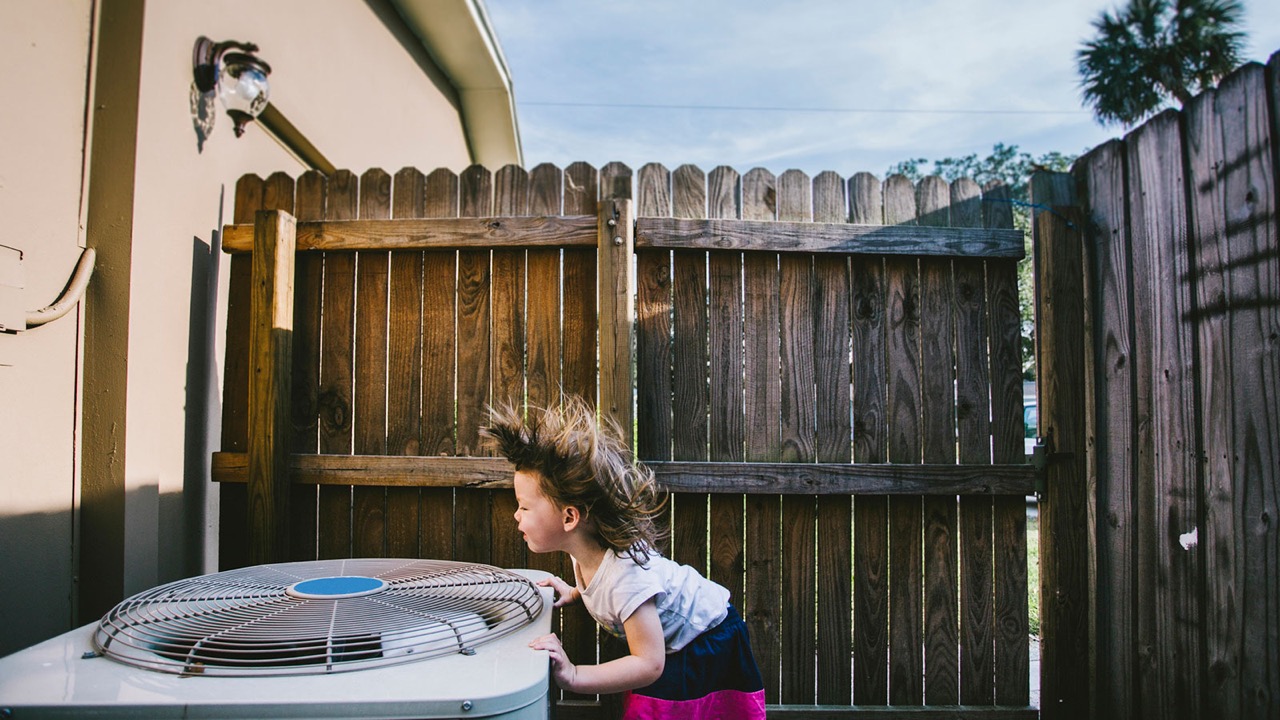
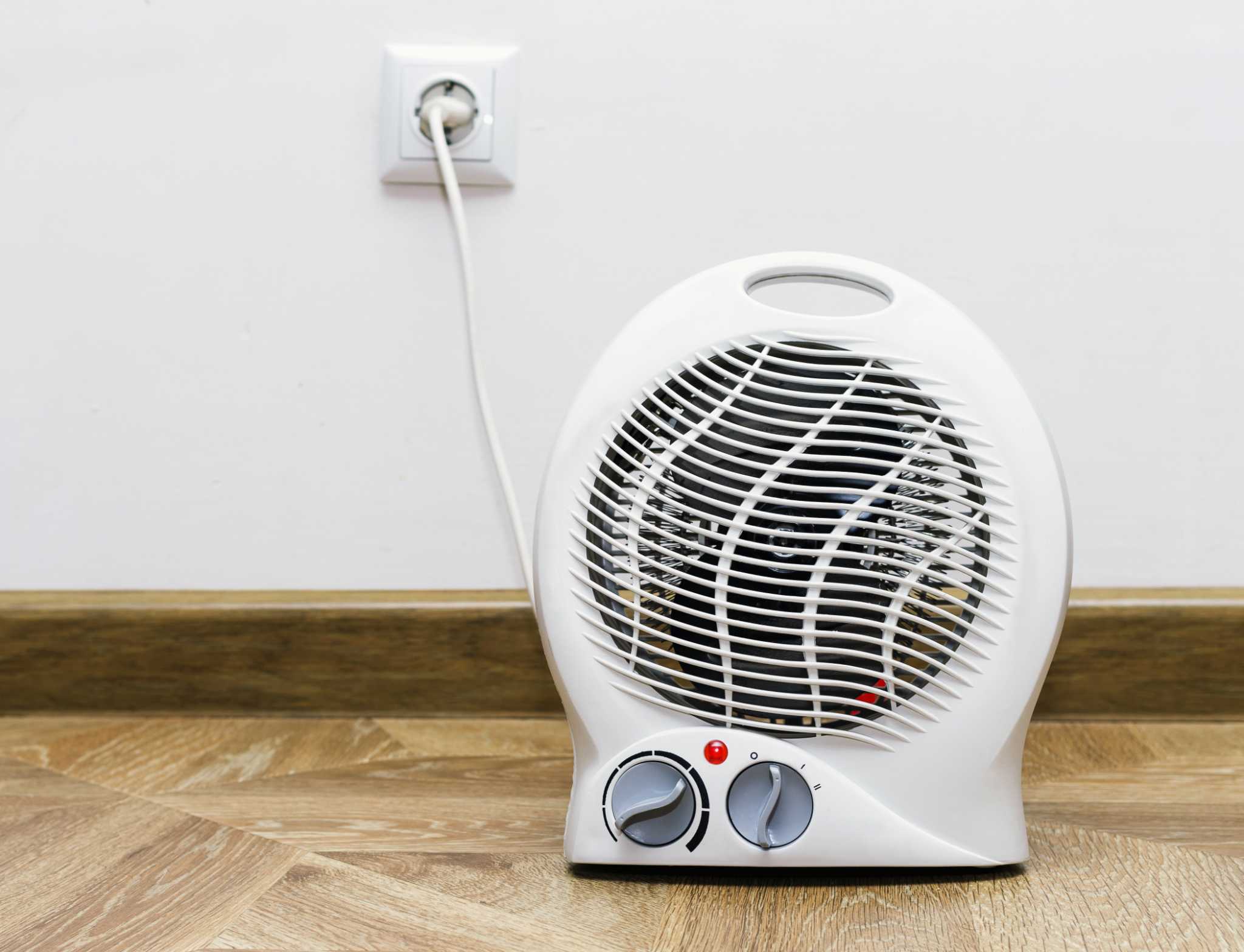
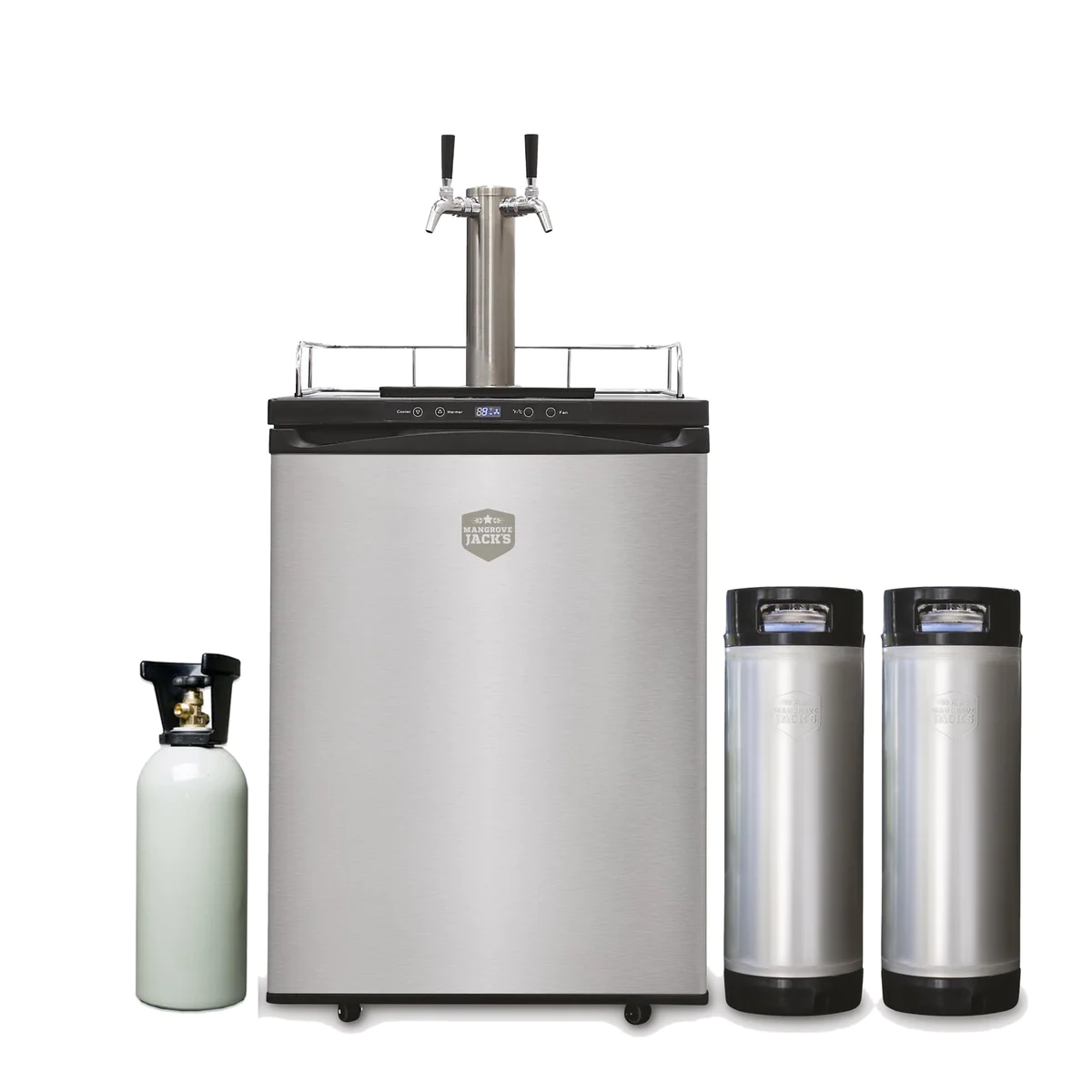
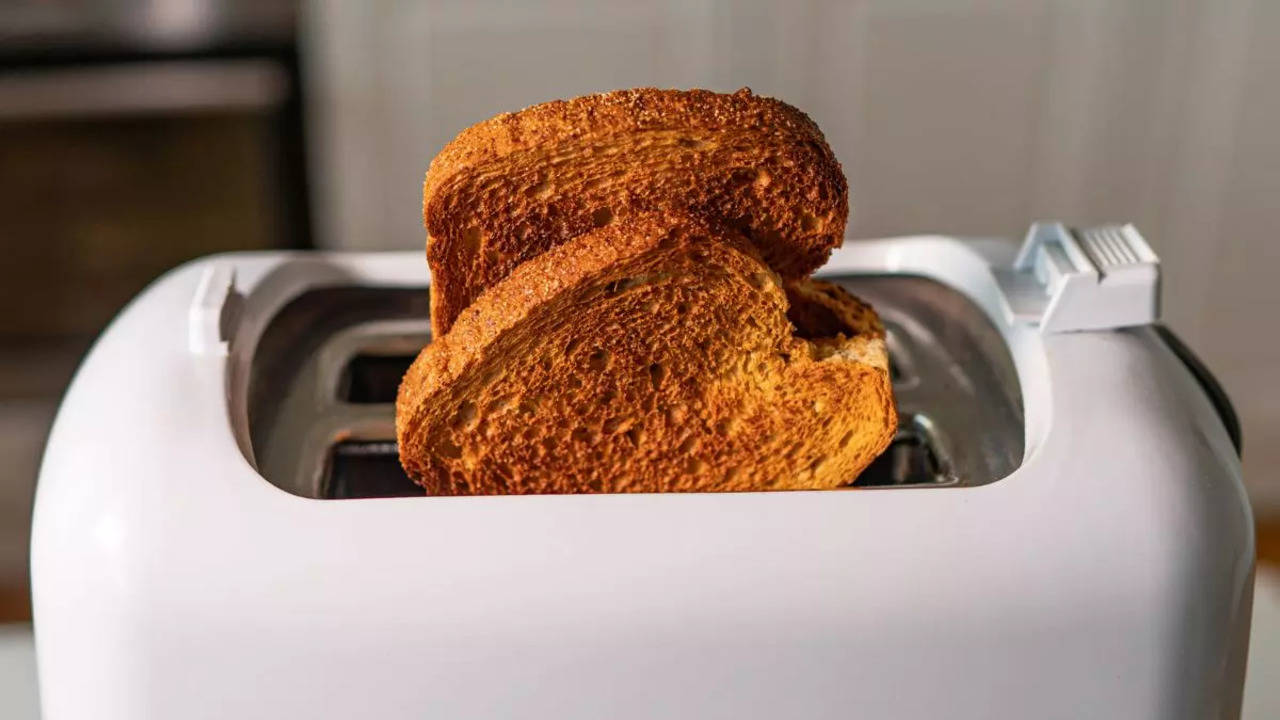
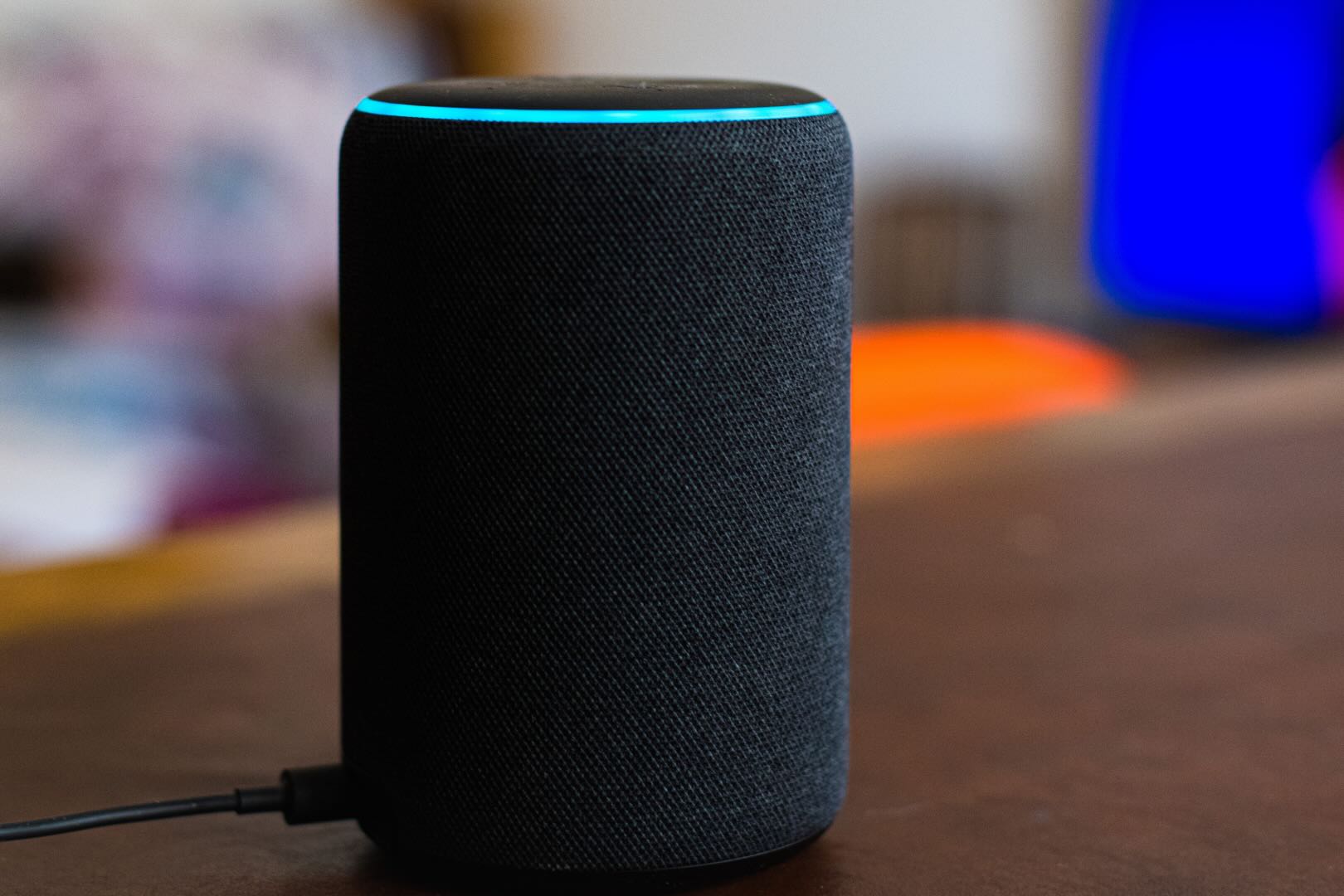
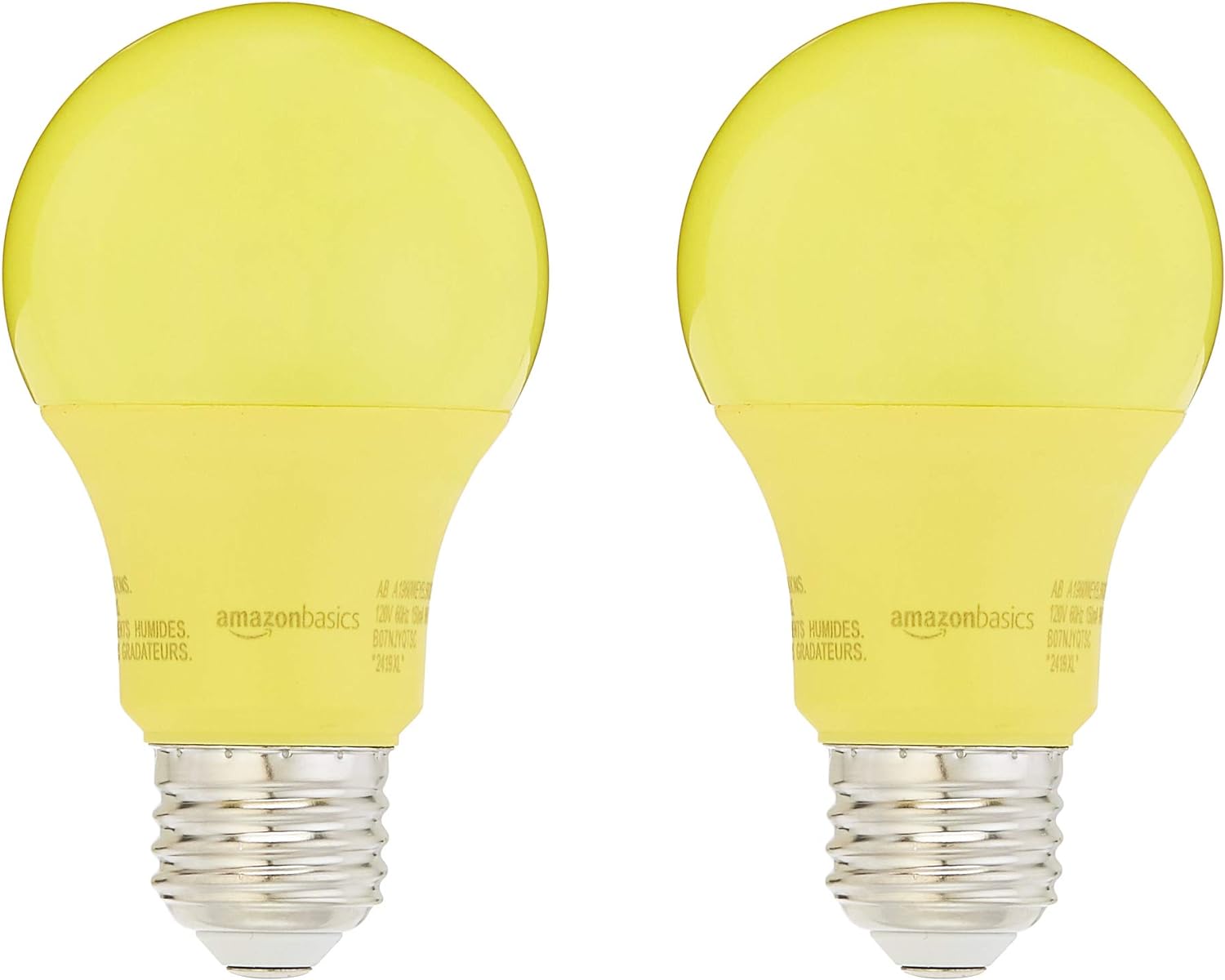
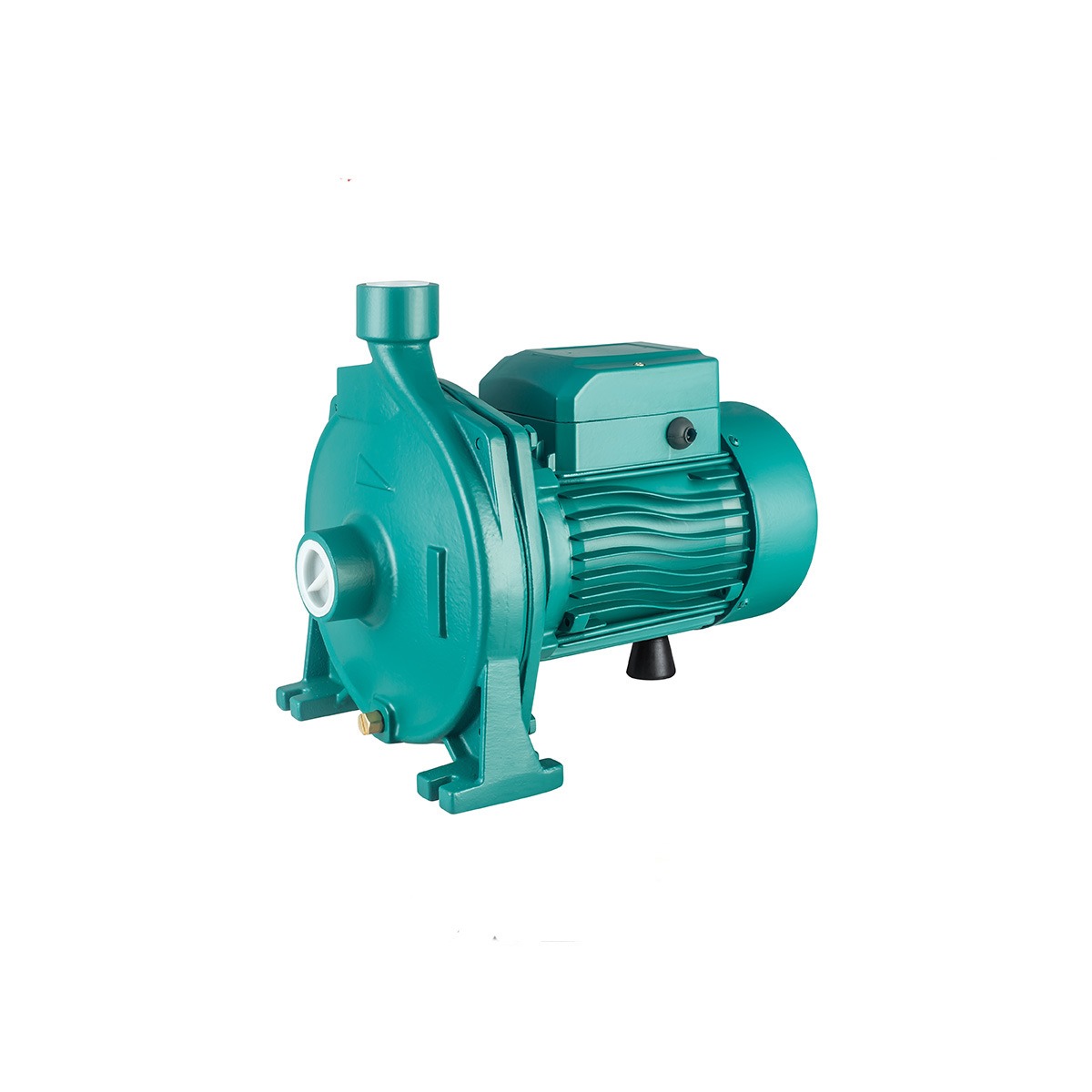
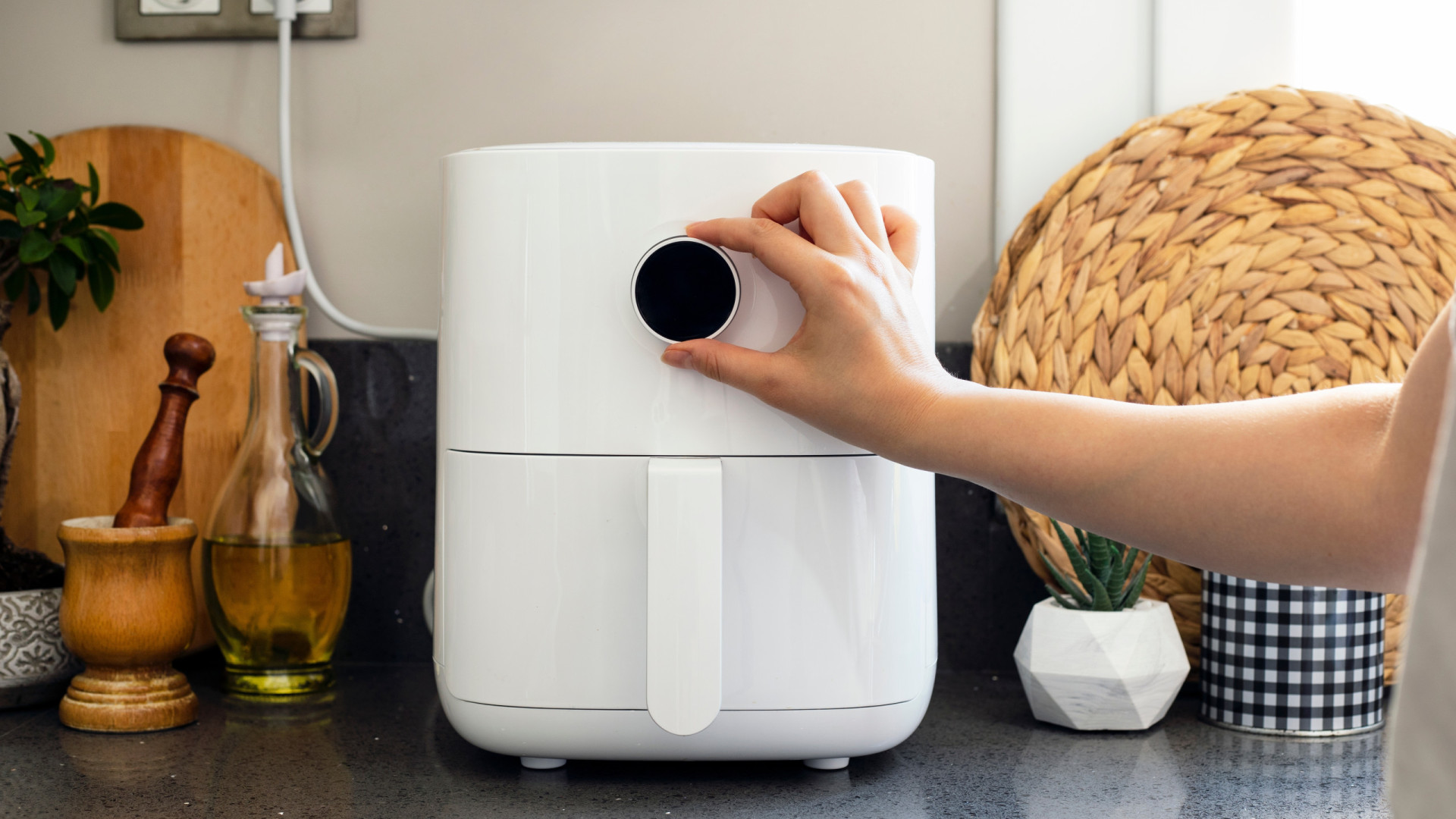
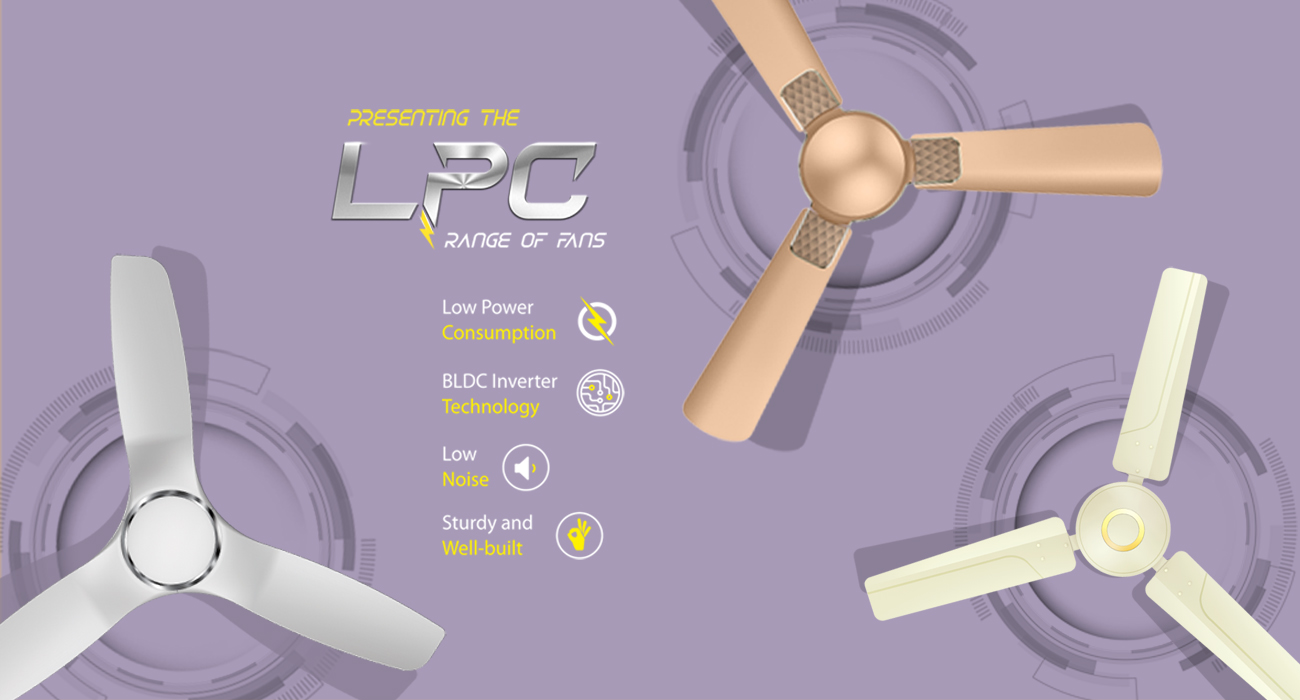

0 thoughts on “How Many Watts Does An Electric Kettle Use”